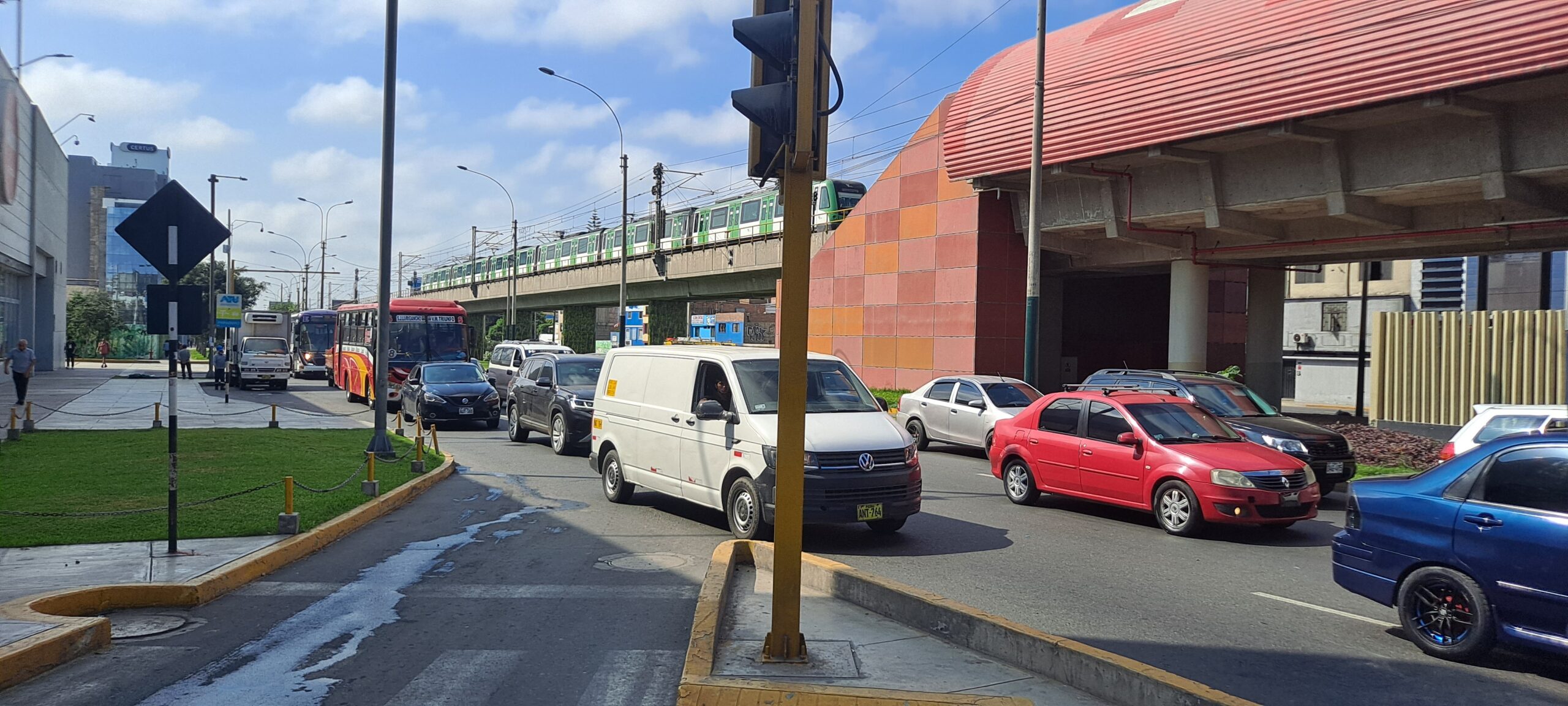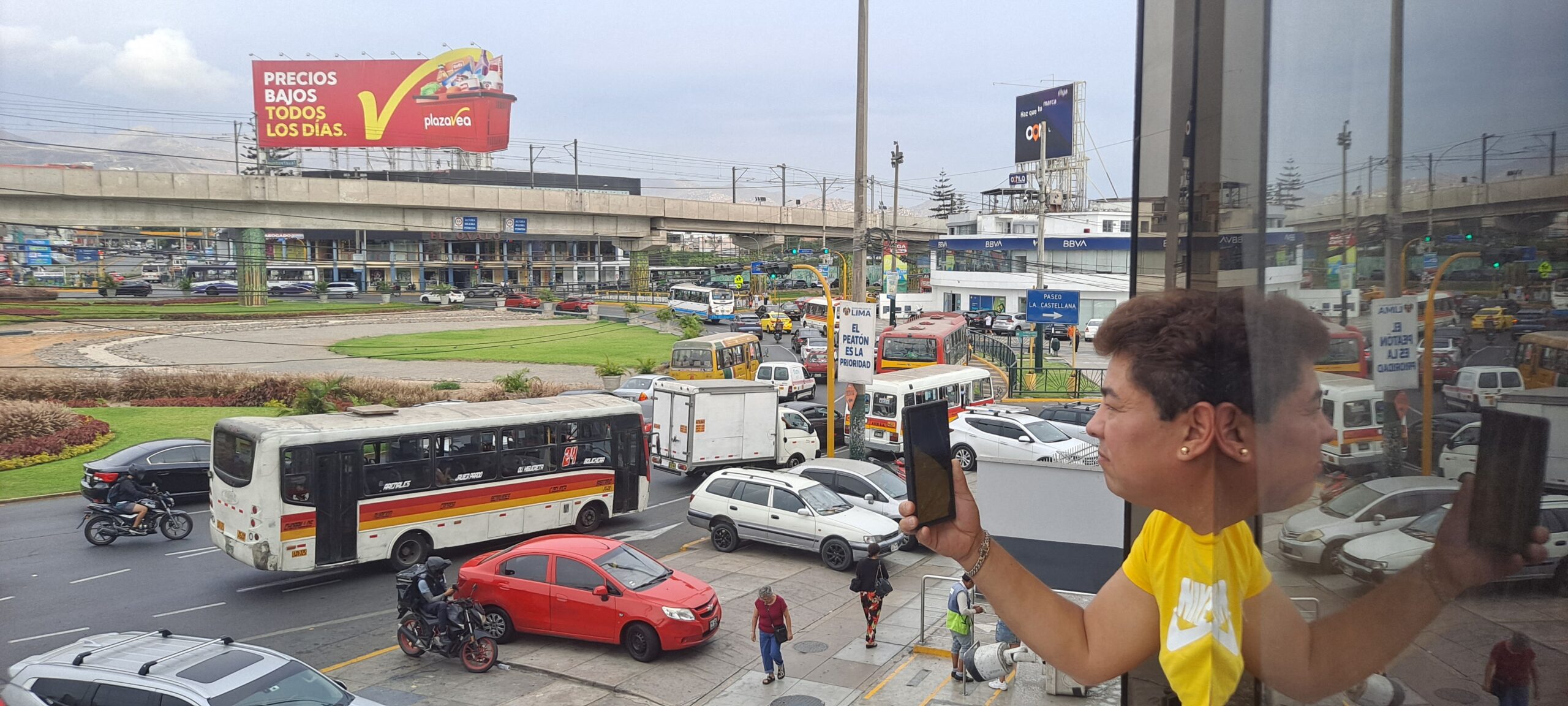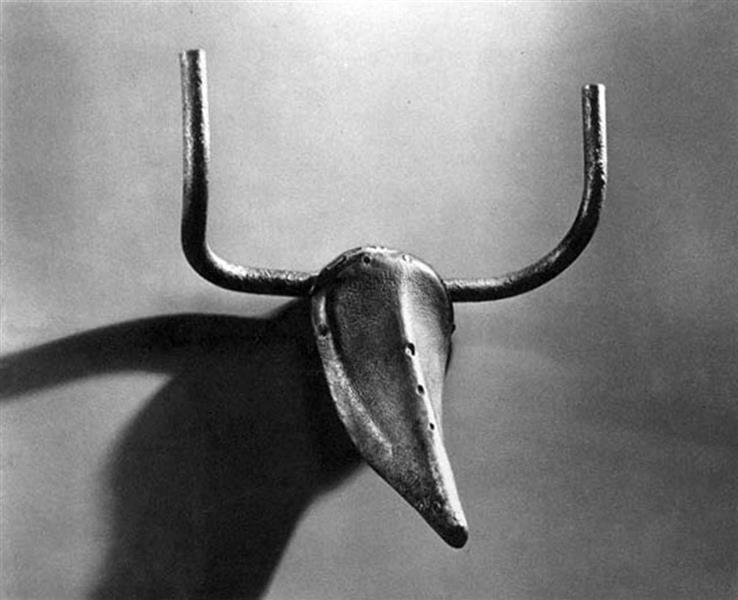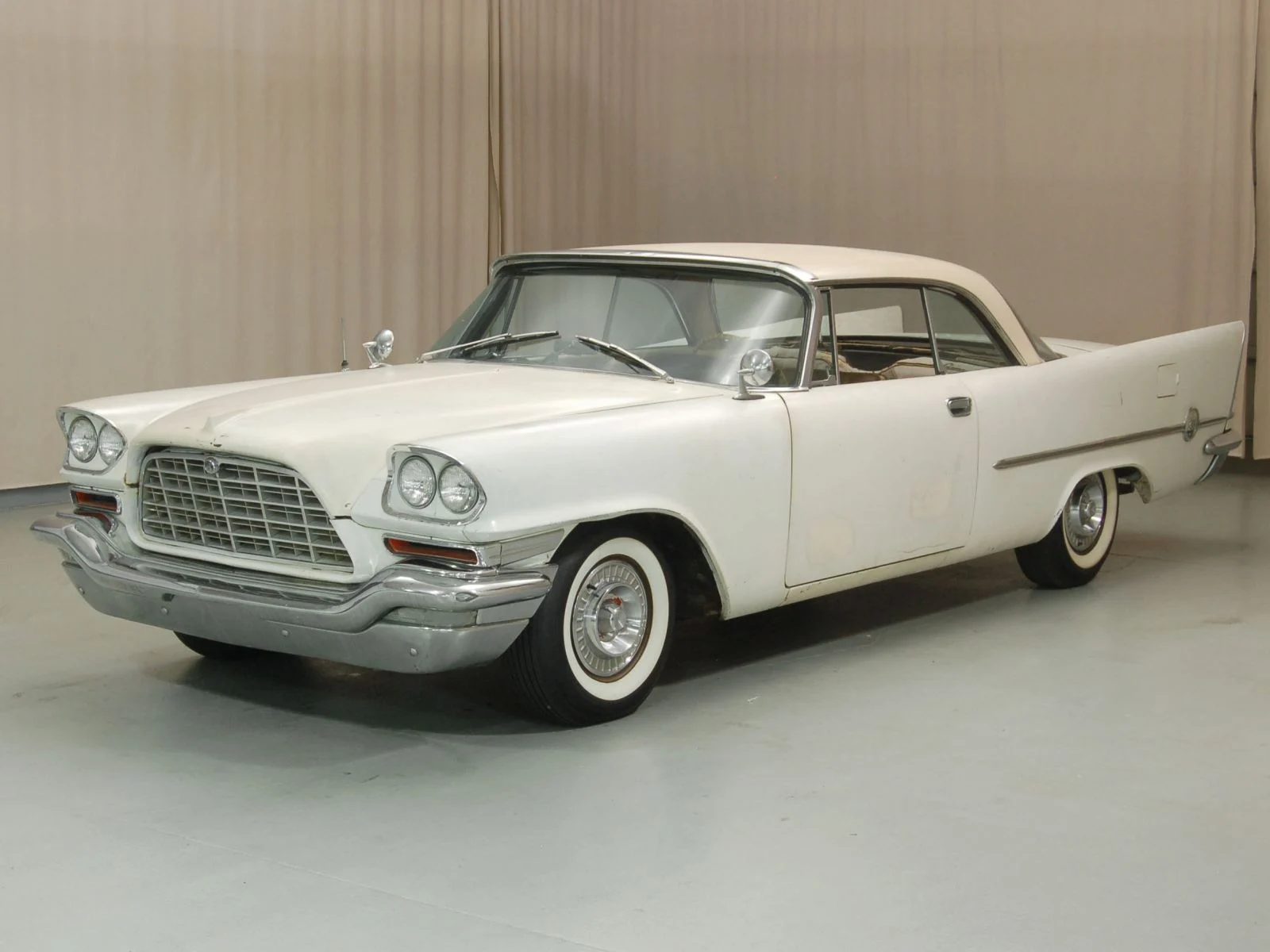-
Living Dangerously in Peru

The three most dangerous things that I do in Peru.
-
Lima’s World Class Bad Traffic

Lima has world class bad traffic. Why?
-
Being a Tourist in Peru

I spend some of my time in Peru just being a tourist. Here are some trips we took in 2025.
-
Shopping in Lima

Lima provides all kinds of shopping experiences: everything from street vendors to high end department stores in elegant shopping malls.
-
Crime in Lima

Crime – and the fear of crime – has shaped the urban landscape of Lima in many ways.
-
SE for Medical Devices

Four aspects of systems engineering – regulations, ethics, iterative improvement and communication – may not be covered in academic coursework.
-
Reuse: a Creative Use of Systems Thinking

Why do systems engineers resist reuse when Picasso himself created art by reusing old bicycle parts? Can we too view reuse in a positive way?
-
Is Fashion a User Need?

Given the prevalence of fashion in many times and places, I conclude that it is indeed a user need. Like other emotional user needs, systems engineers must take it seriously during the design process.
-
The Ephemeral and Enduring
Analyzing my experience developing requirements, I identify the skills I acquired and categorize them as ephemeral or enduring.
-
Mentoring Modeling
I presented my experiences mentoring modeling to a group of systems engineering students at the University of Utah during a meeting of the Wasatch Chapter of INCOSE.